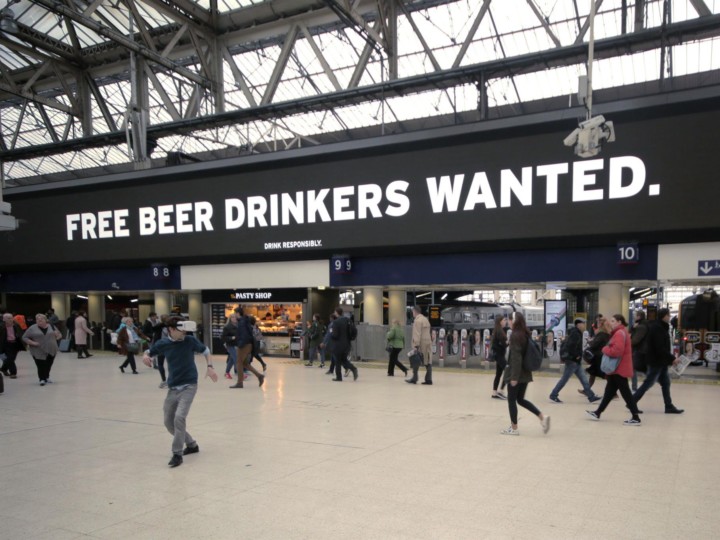Who Gives A Crap
2.4 billion people don’t have access to a toilet – that’s pretty crap
For an increasing number of consumer audiences, making sustainable purchasing decisions is a must have, not a nice to have. Who Gives A Crap, the manufacturer of eco-friendly toilet paper, wanted to make their voice heard and let the public know that driving an electric car or recycling isn’t the only way to promote sustainability in the home, because when it comes to saving the planet, change starts from the bottom up!
We were tasked with crafting a media plan that not only raised mass awareness for the Who Gives A Crap brand, but really got the brand noticed by the right audience who would put the planet first when choosing their loo roll.
We had an attitudinally defined target audience – called ‘the Uncrappers’ – so rather than planning media on standard demos such as ABC1 Main Shoppers, we leveraged the power of the Techedge planning software platform, fused with YouGov Profiles, to craft an AV plan that zero’ed in on the Uncrappers, rather than a rough approximation of them using the standard targeting parameters that most agencies use.
Our forensic planning saw us create a custom AV schedule which saw us dial up specific channels, dayparts and programmes, finding environments that would also match the cheeky creative that sought to bring a light-hearted touch to a heavy topic. Our launch schedule saw us access premium slots, from the opening show of I’m A Celebrity Get Me Out Of Here, to the network premiere of Deadpool 2.
An example of our approach to agile planning, we managed to overturn a Clearcast ruling on the ‘profanity’ in the brand name which originally ruled the ad could only run after 7.30 pm – which would have a big impact in restricting coverage. This meant we had to replan the entire campaign just 5 days out from launch – a herculean effort but testament to the persistence of the team and the strength of our relationships with media owners.
This change meant that we could then spread the word to even more people, and convince them to stand – or rather, sit down – for change.






